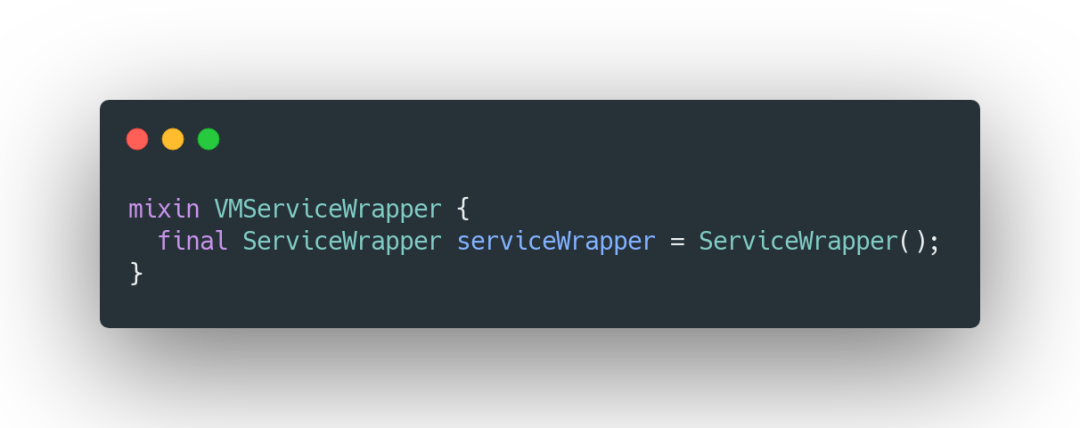使用我前面几篇博文的内容,能够使用Python编写一个最简单的OPC UA /ModbusTCP网关。
从这个程序可以看出:
- 应用OPC UA 并不难,现在我们就可以应用到工程应用中,甚至DIY项目也可以。不必采用复杂的工具软件。
- 使用Python 来构建工业自动化领域的原型机程序是不错的选择。
OPCUA_modbus 网关
import sys
sys.path.insert(0, "..")
import time
from opcua import Server
from pyModbusTCP.client import ModbusClient # Modbus TCP Client
from pyModbusTCP import utils
if __name__ == "__main__":# setup our serverserver = Server()server.set_endpoint("opc.tcp://127.0.0.1:48400/freeopcua/server/")# setup our own namespace, not really necessary but should as specuri = "http://examples.freeopcua.github.io"idx = server.register_namespace(uri)# get Objects node, this is where we should put our nodesobjects = server.get_objects_node()# populating our address spacemyobj = objects.add_object(idx, "MyObject")myvar = myobj.add_variable(idx, "MyVariable", 6.7)myvar.set_writable() # Set MyVariable to be writable by clientsModbusInterface = ModbusClient(host="localhost", port=502, unit_id=1, auto_open=True, auto_close=False) # starting!server.start()try:count = 0while True:time.sleep(1)reg_l=ModbusInterface.read_input_registers(0,2)val=utils.word_list_to_long(reg_l)print(utils.decode_ieee(val[0],False)) myvar.set_value(utils.decode_ieee(val[0],False))finally:#close connection, remove subcsriptions, etcserver.stop()modbusTCP服务器程序
import argparse
from pyModbusTCP.server import ModbusServer, DataBank
from pyModbusTCP import utils
from datetime import datetimeimport numpy as np
Fs = 8000
f = 50
x=0
coil_state=True
class MyDataBank(DataBank):"""A custom ModbusServerDataBank for override get_holding_registers method."""def __init__(self):# turn off allocation of memory for standard modbus object types# only "holding registers" space will be replaced by dynamic build values.super().__init__(virtual_mode=True)def get_coils(self, address, number=1, srv_info=None):global coil_statecoil_state=not coil_statereturn coil_statedef get_holding_registers(self, address, number=1, srv_info=None):"""Get virtual holding registers."""# populate virtual registers dict with current datetime valuesnow = datetime.now()return now.seconddef get_input_registers(self, address, number=1, srv_info=None):global xwave=np.sin(2 * np.pi * f * x / Fs)*10x=x+1b32_l=[utils.encode_ieee(wave,False)]b16_l = utils.long_list_to_word(b32_l)print(b16_l) return b16_lif __name__ == '__main__':# parse argsparser = argparse.ArgumentParser()parser.add_argument('-H', '--host', type=str, default='localhost', help='Host (default: localhost)')parser.add_argument('-p', '--port', type=int, default=502, help='TCP port (default: 502)')args = parser.parse_args()# init modbus server and start itserver = ModbusServer(host=args.host, port=args.port, data_bank=MyDataBank())server.start()
最后透过uaExpert 程序访问OPCUA Server。可以看到myVar 变量在变化。
OPCUA 客户端
import sys
sys.path.insert(0, "..")
import numpy as np
import matplotlib.pyplot as plt
from opcua import Clientx = np.arange(0,1000,1,dtype=np.int16)
y=np.arange(-10,10,0.02,dtype=np.float32)
if __name__ == "__main__":client = Client("opc.tcp://localhost:48400/freeopcua/server/")# client = Client("opc.tcp://admin@localhost:4840/freeopcua/server/") #connect using a usertry:client.connect()# Client has a few methods to get proxy to UA nodes that should always be in address space such as Root or Objectsroot = client.get_root_node()print("Objects node is: ", root)# Node objects have methods to read and write node attributes as well as browse or populate address spaceprint("Children of root are: ", root.get_children())while True:myvar = root.get_child(["0:Objects", "2:MyObject", "2:MyVariable"])obj = root.get_child(["0:Objects", "2:MyObject"])print("myvar is: ", myvar.get_value())y=np.append(y,myvar.get_value())y=np.delete(y, 0, axis=0) plt.clf()plt.plot(x, y, ls="-", lw=2, label="plot figure")plt.legend()plt.show()plt.pause(0.1)# Stacked myvar access# print("myvar is: ", root.get_children()[0].get_children()[1].get_variables()[0].get_value())finally:client.disconnect()看出来了吧这些程序都短小精悍。编写程序是学习计算机网络协议最好的方法。




